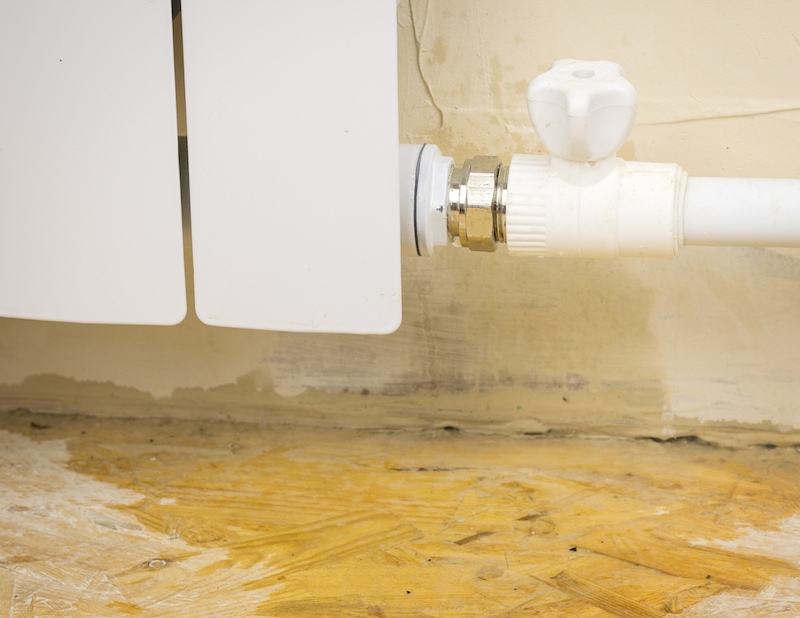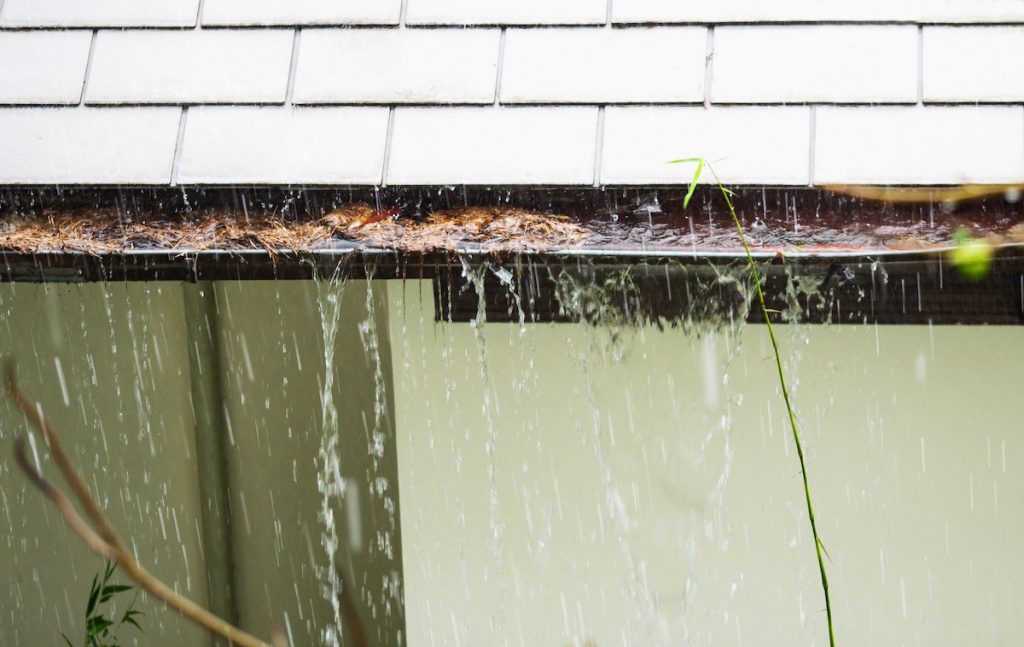Learn the Six Most Common Causes of Water Leaks and How to Resolve Them
Learn the Six Most Common Causes of Water Leaks and How to Resolve Them
Blog Article
Just about everyone may have their own unique thinking about Top Causes of Home Water Leaks.

Leakages not only trigger waste of water however can likewise trigger unnecessary damage to your home and promote unwanted organic growth. Sadly, water leaks may go unnoticed because the majority of the pipework in our residence is concealed. By looking as well as understanding for everyday scenarios that create leaks, you can secure your house from future leaks and also unneeded damage. Today, we will certainly check out six leak causes that might be triggering your pipes to drip.
Immediate temperature changes.
Severe temperature level changes in our pipelines can create them to broaden and also contract unexpectedly. This development and contraction might create cracks in the pipelines, particularly if the temperature level are below cold.
Corroded water systems
As time goes by, your plumbing system ages and rust such as corrosion might start gnawing the pipes. This might be the source of discoloration or warping on your water pipes. This asks for an evaluation with your plumber immediately. Consider replacing the pipelines given that they are at a greater risk of corrosion than the more recent versions if our plumbing system is old.
Malfunctioning Pipeline Joints
The point at which your pipes connect is frequently the weakest link in the waterline. Pipe joints can weaken gradually, leading to water leakages. Unfortunately, the majority of pipe joints are not easily visible. If you have noisy pipes that make ticking or banging sounds, especially when the hot water is turned on, your pipe joints are possibly under a great deal of pressure. It is suggested to have your plumber inspect your system yearly.
Trespassing origins
The majority of water leakages begin outside your home rather than inside it. If you notice an abrupt decline in water stress, state in your tap, require time to head out as well as analyze your lawn. You might notice damp spots or sinkholes in your lawn, and that could suggest that tree origins are invading water lines creating water to leak out. You can have your plumber check for intrusion, specifically if you have trees or bushes near your residential property.
Poor Water Connectors
At times, a leakage can be caused by loosened hoses as well as pipelines that supply your appliances. In situation of a water links leak, you might notice water running straight from the supply line or pools around your appliances.
Obstructed Drains
Blocked drains pipes might be aggravating and inconveniencing, however they can sometimes end up causing an overflow resulting in break pipes. Keep getting rid of any materials that might drop your drains pipes that can clog them to prevent such aggravations.
All the above are reasons for leaks yet not all water leakages result from plumbing leakages; some leakages might come from roofing leakages. All leakages should be repaired right away to prevent water damages.
Leaks not just create waste of water yet can also cause unnecessary damages to your residence and promote unwanted organic development. By looking and also understanding for daily scenarios that trigger leaks, you can protect your home from future leaks and also unneeded damages. Today, we will look at six leak triggers that might be creating your pipelines to trickle.
At times, a leakage can be created by loosened tubes and pipes that supply your appliances. In case of a water connections leak, you may notice water running directly from the supply line or puddles around your appliances.
How To Check For Water Leak In Your Home
How To Check for Leaks
The average household's leaks can account for nearly 10,000 gallons of water wasted every year and ten percent of homes have leaks that waste 90 gallons or more per day. Common types of leaks found in the home are worn toilet flappers, dripping faucets, and other leaking valves. These types of leaks are often easy to fix, requiring only a few tools and hardware that can pay for themselves in water savings. Fixing easily corrected household water leaks can save homeowners about 10 percent on their water bills.
To check for leaks in your home, you first need to determine whether you're wasting water and then identify the source of the leak. Here are some tips for finding leaks:
Take a look at your water usage during a colder month, such as January or February. If a family of four exceeds 12,000 gallons per month, there are serious leaks.
Check your water meter before and after a two-hour period when no water is being used. If the meter changes at all, you probably have a leak.
Identify toilet leaks by placing a drop of food coloring in the toilet tank. If any color shows up in the bowl after 10 minutes, you have a leak. (Be sure to flush immediately after the experiment to avoid staining the tank.)
Examine faucet gaskets and pipe fittings for any water on the outside of the pipe to check for surface leaks.
Undetected water leaks can happen without the home or business owner even realizing. If you suspect a water leak, but not able to find the source. It is time to contact a professional water leak detection service, The Leak Doctor.
How To Find a Water Leak In Your Home
https://www.leakdoctor.com/blog/How-To-Check-For-Water-Leak-In-Your-Home_AE197.html

I am very enthusiastic about How to detect water leaks in your home and I am hoping you liked the new blog entry. Loved our article? Please share it. Help another person locate it. Thanks for your time spent reading it.
Request A Quote Report this page